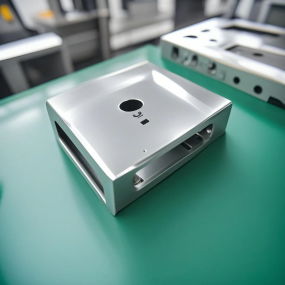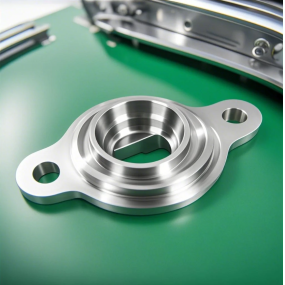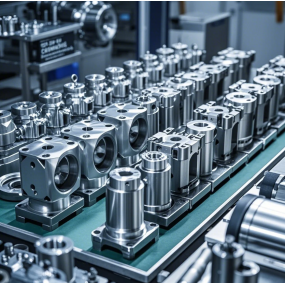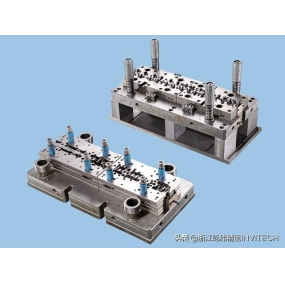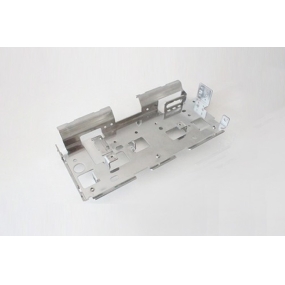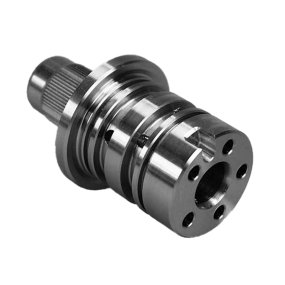What is the wiring process for environmentally friendly cabinets? Let's all analyze it briefly together. One of the important steps in organizing eco-friendly cabinets is the wiring of an eco-friendly cabinet. There are three common wiring techniques:
Waterfall design:
This is a form of wiring that can sometimes be seen through a relatively ancient design. It adopted '; Huaguo Mountain Water Curtain Cave; The artistic image of hanging twisted pair cables directly from the modules of the distribution frame creates a beautiful sense of hierarchy when distributed neatly (24-48 twisted pair cables per layer).
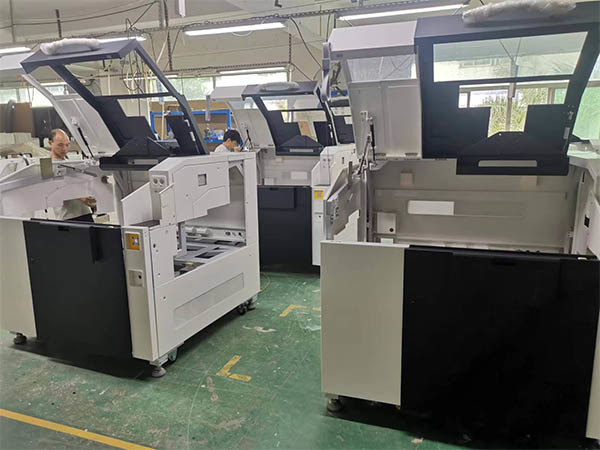
The advantage of this modeling is that it saves manual wiring management, but there are also many disadvantages, such as: it is easy to damage the modeling when installing network equipment, and it is even difficult to install the network equipment in place; The weight of each twisted pair is converted into tension, which acts on the back of the module. If the twisted pair cable is not tied before the termination point, this tension may separate the module from the twisted pair cable months or years later, causing a wire breakage fault; If a module in the patch panel needs to be re terminated, maintenance personnel can only probe in; Water curtain; During internal construction, sometimes dozens of twisted pair cables are worn, and due to the lack of light sources in both directions, it is difficult to see the termination clearly.
Reverse reasoning:
Reverse quantification is to perform cabinet quantification again after the terminal connection of the wiring rack module is completed and tested to be qualified. In this method, cables are arranged from the module to the outside of the cabinet, and the cables are arranged in the bridge. The advantage of doing this is that after testing, the wiring will not be re routed due to a twisted pair cable failing the test. However, the disadvantage is that since both ends (inlet and distribution frame) are already fixed, there will inevitably be a large number of tangled wires in a certain part of the computer room (usually at the bottom of the cabinet). Reverse alignment is usually done manually, with the naked eye and hands fully aligned.
The advantage of reverse cabling management is that the testing has been completed, so there is no need to worry about the cable length behind the cabinet. The disadvantage is that because the two ends of the cable are already fixed, there will be a large number of crossings between the cables, which is very difficult to tidy up. Moreover, there must be a scattered twisted pair between the two fixed ends, which is often located under the floor (when the cable enters below) or on the ceiling (when the cable enters above).
Positive line:
Forward line management is the management of lines before the termination of the distribution frame. It starts from the entrance of the eco-friendly cabinet and arranges cables one by one until they reach the modules of the wiring rack. Perform data termination and testing after wiring.
The goal of forward routing is to form a bundle of horizontal twisted pair cables from the inlet of the computer room (or network area of the computer room) to the distribution cabinet, with each 16/24/32/48 port distribution frame as the unit, forming a bundle of horizontal twisted pair cables. All twisted pair cables in each bundle are parallel (the crosstalk between short distance twisted pair cables will not affect the overall performance, because most of each twisted pair cable is laid in the cable tray and conduit, which is scattered and non parallel), and all harnesses are parallel to each other; After verification, fix it on the cable tray behind the module or insert it into the module hole of the distribution frame. Pull out the twisted pair from the bottom of the wiring harness behind each module and secure it to the wire tray behind the module or screw it into the module hole of the distribution frame.


 Spanish
Spanish Arabic
Arabic French
French Portuguese
Portuguese Belarusian
Belarusian Japanese
Japanese Russian
Russian Malay
Malay Icelandic
Icelandic Bulgarian
Bulgarian Azerbaijani
Azerbaijani Estonian
Estonian Irish
Irish Polish
Polish Persian
Persian Boolean
Boolean Danish
Danish German
German Filipino
Filipino Finnish
Finnish Korean
Korean Dutch
Dutch Galician
Galician Catalan
Catalan Czech
Czech Croatian
Croatian Latin
Latin Latvian
Latvian Romanian
Romanian Maltese
Maltese Macedonian
Macedonian Norwegian
Norwegian Swedish
Swedish Serbian
Serbian Slovak
Slovak Slovenian
Slovenian Swahili
Swahili Thai
Thai Turkish
Turkish Welsh
Welsh Urdu
Urdu Ukrainian
Ukrainian Greek
Greek Hungarian
Hungarian Italian
Italian Yiddish
Yiddish Indonesian
Indonesian Vietnamese
Vietnamese Haitian Creole
Haitian Creole Spanish Basque
Spanish Basque


